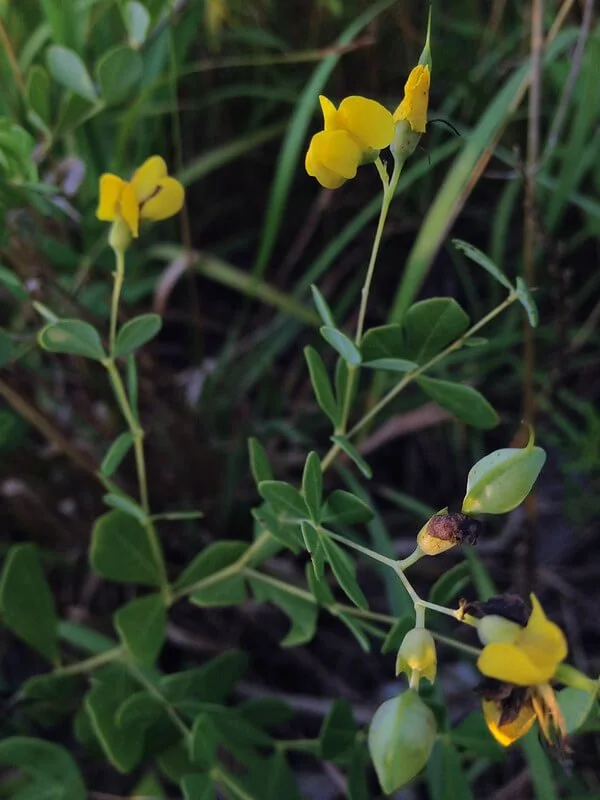Life Cycle: Perennial
Sun Exposure: Full-Partial
Soil Moisture: Medium/dry-Dry
Height: 12 inches
Plant Spacing: 6-12 inches
Bloom Time: May-July
Bloom Color: White
Advantages: Bird Favorite, Pollinator Favorite
Host: Common Buckeye, Baltimore Checkerspot, and 11 other species of butterflies and moths use this as a caterpillar host plant in our area (nwf.org)
Species of Concern: State Status: Presumed extirpated (legally 'threatened' if rediscovered). State Rank: Presumed extirpated (mnfi.anr.msu.edu)
Specialist Bee: Mason Bee Osmia distincta
Beneficial for Endangered or Threatened Species: Saunders' Sallow Moth (Sympistis saundersiana) (mnfi.anr.msu.edu)
Complementary Plants: June grass, Butterfly weed, Harebell, Prairie phlox, Wild lupine







